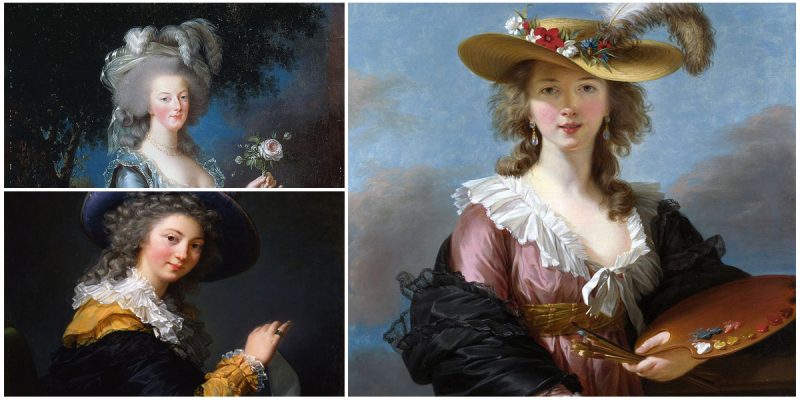One of the best-known female portraitists of the 18th century in France was Élisabeth Louise Vigée Le Brun, also known as Madame Lebrun. Her artistic style is Rococo, but she often used the techniques of the Neoclassical style.
She is particularly known for her portraits of women, and one of her most notable clients was the queen Marie Antoinette. Lebrun left a legacy of 860 paintings and today many of her works can be seen in many museums around the world, including the Metropolitan Museum of Art in New York and London’s National Gallery.
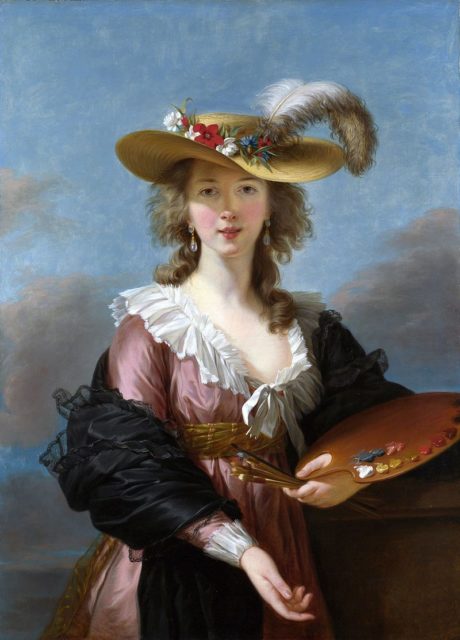
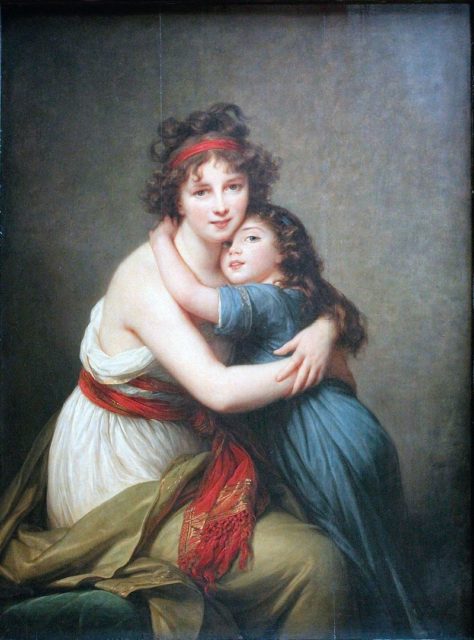
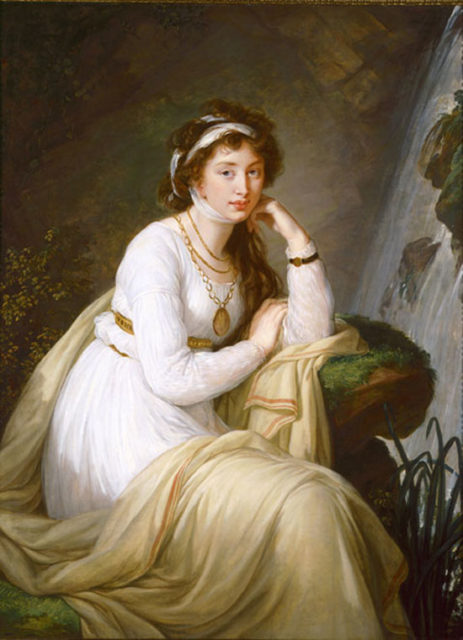
Élisabeth was born in Paris on 16th April 1755, and she was the daughter of Louis Vigée who was a portraitist and her best instructor in painting. When she was 12 years old, her father died and her mother Jeanne married the jeweler Jacques- Francois Le Sèvre. The whole family moved into a house close to the Palais Royal, and during this time Lebrun was taking advice about painting by many famous painters including Joseph Vernet, Gabriel Francois Doyen, and Jean-Baptiste Greuze.
Élisabeth started painting portraits professionally when she was a teenager. She became a member of the Académie in 1774, and two years later she married the painter and art dealer, Jean Baptiste Pierre Le Brun.
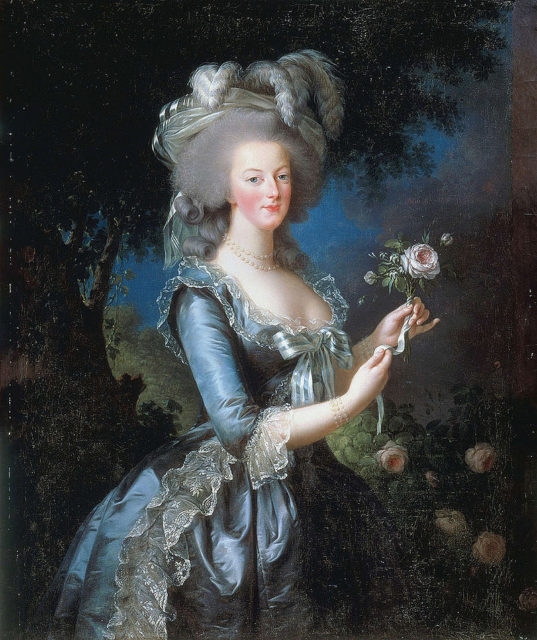
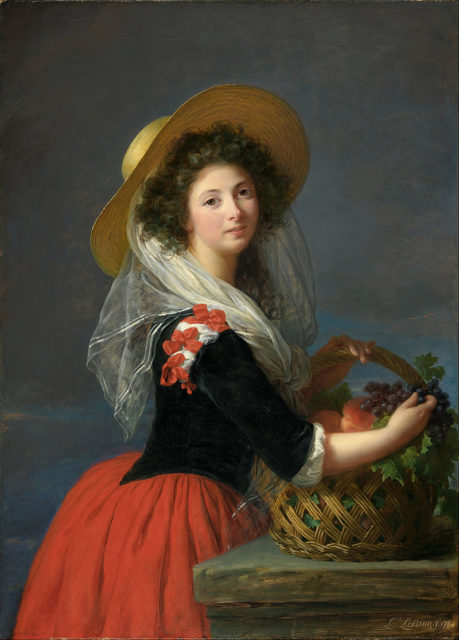
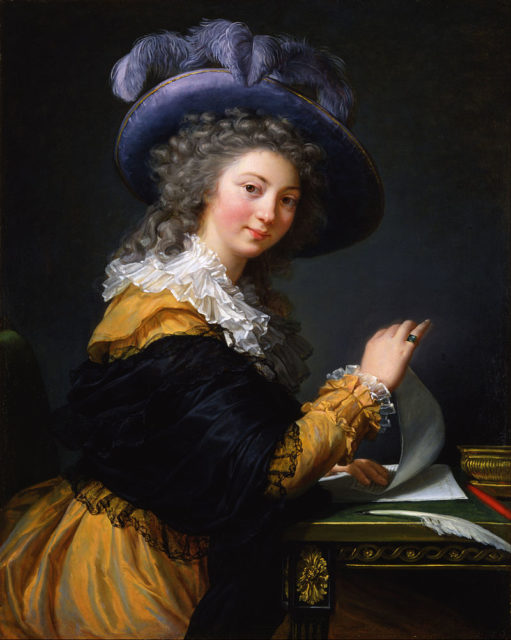
Élisabeth exhibited portraits of the nobility in the Hotel de Lubert in Paris. After a tour to Flanders and the Netherlands, she started to use some new techniques in her work inspired by the Flemish masters. When her career started to blossom, Lebrun was invited to the Palace of Versailles by the Queen Marie Antoinette. In six years, Élisabeth painted over thirty portraits of the Queen, and at that period she was observed as the queen’s official portraitist.
The queen was struggling with bad press and judgments at the time, so Lebrun helped her to improve her social image by painting these amazing portraits of her, sometimes including her children in her works. In 1789, she officially became the court painter to Marie Antoinette.
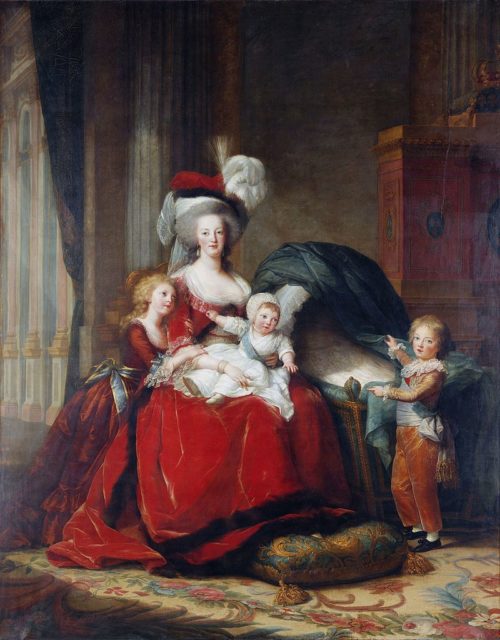
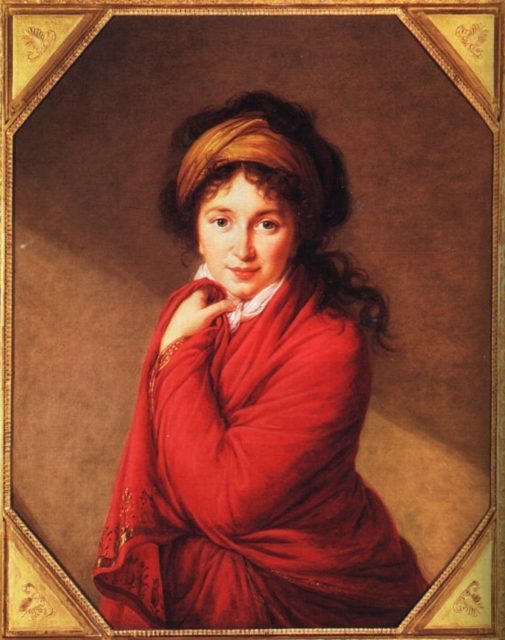
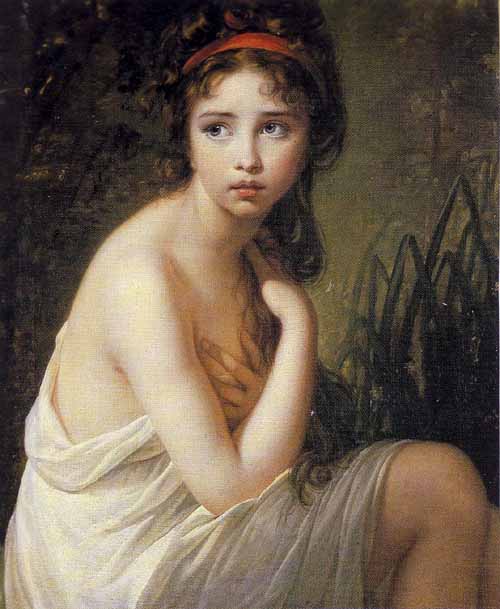
During the French Revolution, Élizabeth fled from France after the royal family was arrested. She lived in Italy, Russia, and Austria with her daughter Julie and her work continued. In Rome, her work was very well accepted, and she was elected to the Roman Accademia di San Luca. In Russia, she painted a portrait of Stanislaw August Poniatowski, the last king of Poland, and some members of Catherine, the Great’s family.
Read another story from us: Emma Hamilton, the beauty who was Romney’s muse and Lord Nelson’s love
During the reign of Napoleon I, she finally returned to France. In the 19th century, Lebrun visited England and her most important work there was the portrait of Lord Byron. She died on 30th March 1842 and was buried in the Cimetiere de Louveciennes. On her tombstone, there is an epitaph that states “Here, at last, I rest…”
